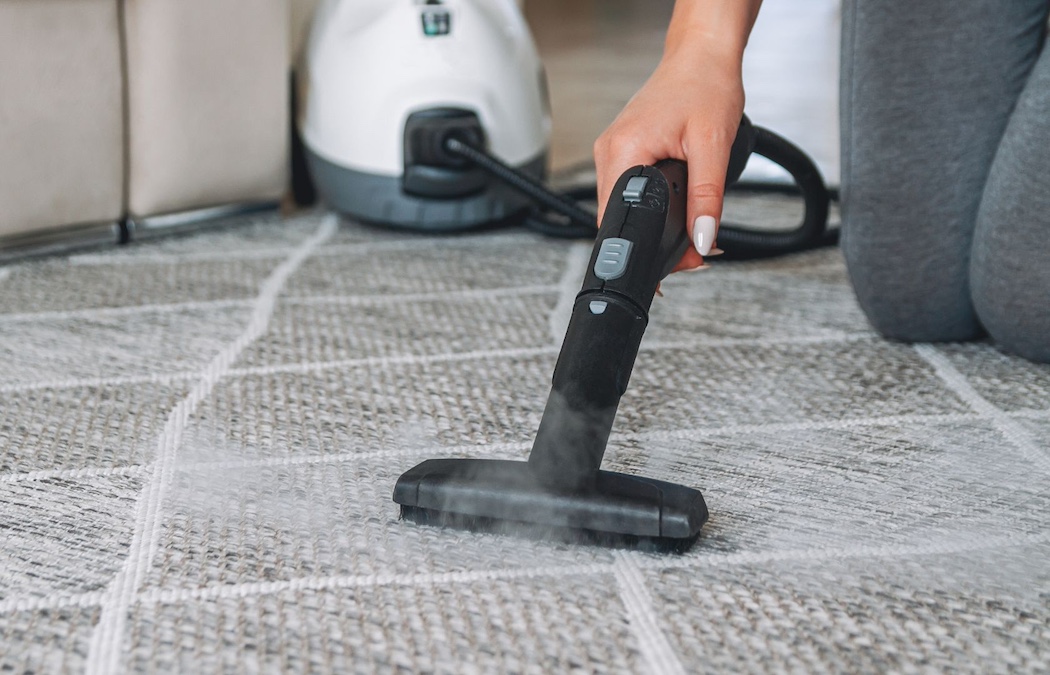Carpets provide warmth, comfort, and aesthetic appeal to our homes, but they can also harbor allergens that contribute to indoor air pollution and affect our health. Understanding the science behind carpet allergens is crucial for effectively combating them and creating a healthier living environment. In this article, we'll delve into the science of carpet allergens, explore common allergens found in carpets, and provide practical tips for reducing allergen exposure and improving indoor air quality.
Common Carpet Allergens:
Several types of allergens can accumulate in carpets, including dust mites, pet dander, pollen, mold spores, and bacteria. These allergens can trigger allergic reactions such as sneezing, coughing, itchy eyes, and respiratory issues in susceptible individuals. Dust mites, in particular, thrive in the warm, humid environment of carpets and feed on dead skin cells shed by humans and pets, making them a common allergen in indoor spaces.
Allergen Particle Size:
The size of allergen particles plays a significant role in their ability to become airborne and trigger allergic reactions. Dust mite allergens, for example, are microscopic particles that can easily become airborne when disturbed, such as during vacuuming or walking on the carpet. Pet dander, pollen, and mold spores are also small enough to become airborne and circulate throughout the indoor environment, exacerbating allergy symptoms in sensitive individuals.
Carpet Maintenance and Cleaning:
Regular carpet maintenance and cleaning are essential for reducing allergen exposure and improving indoor air quality. Vacuuming carpets frequently with a high-efficiency particulate air (HEPA) filter vacuum cleaner helps remove allergens from the carpet fibers and prevents them from becoming airborne. Additionally, steam cleaning carpets periodically can kill dust mites, bacteria, and mold spores, further reducing allergen levels and improving overall cleanliness.
Prevention Strategies:
In addition to regular cleaning, several preventive strategies can help minimize allergen accumulation in carpets. Place doormats at entryways to trap dirt and allergens from shoes before they enter the home. Encourage family members and guests to remove their shoes upon entering the house to prevent tracking allergens indoors. Use allergen-proof mattress and pillow covers to reduce exposure to dust mites while sleeping, and wash bedding in hot water weekly to kill dust mites and remove allergens.
Air Purification:
Air purifiers equipped with HEPA filters can effectively capture airborne allergens and improve indoor air quality. Place air purifiers in rooms where you spend the most time, such as bedrooms and living areas, to reduce allergen exposure and alleviate allergy symptoms. Additionally, ensure proper ventilation in your home by opening windows regularly to allow fresh air to circulate and indoor pollutants to dissipate.
Understanding the science behind carpet allergens is the first step in effectively combating them and creating a healthier indoor environment for you and your family. By implementing regular carpet maintenance and cleaning, adopting preventive strategies, and investing in air purification, you can reduce allergen exposure and improve indoor air quality, leading to a happier, healthier home.




